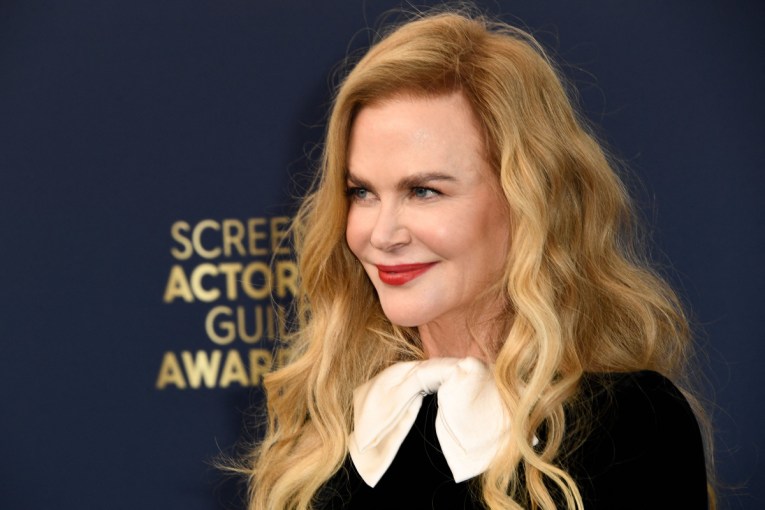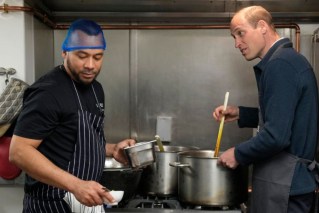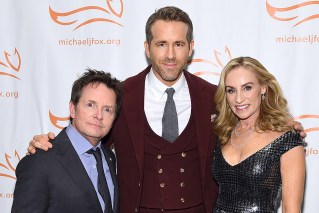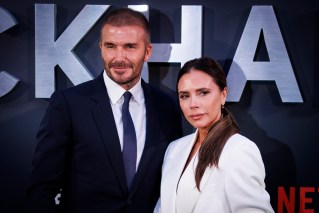Doubting your doctor: Grease star urges women to trust their instincts
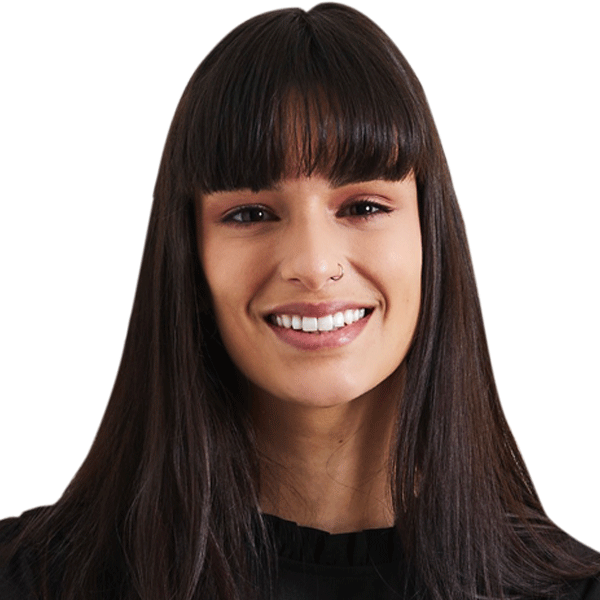
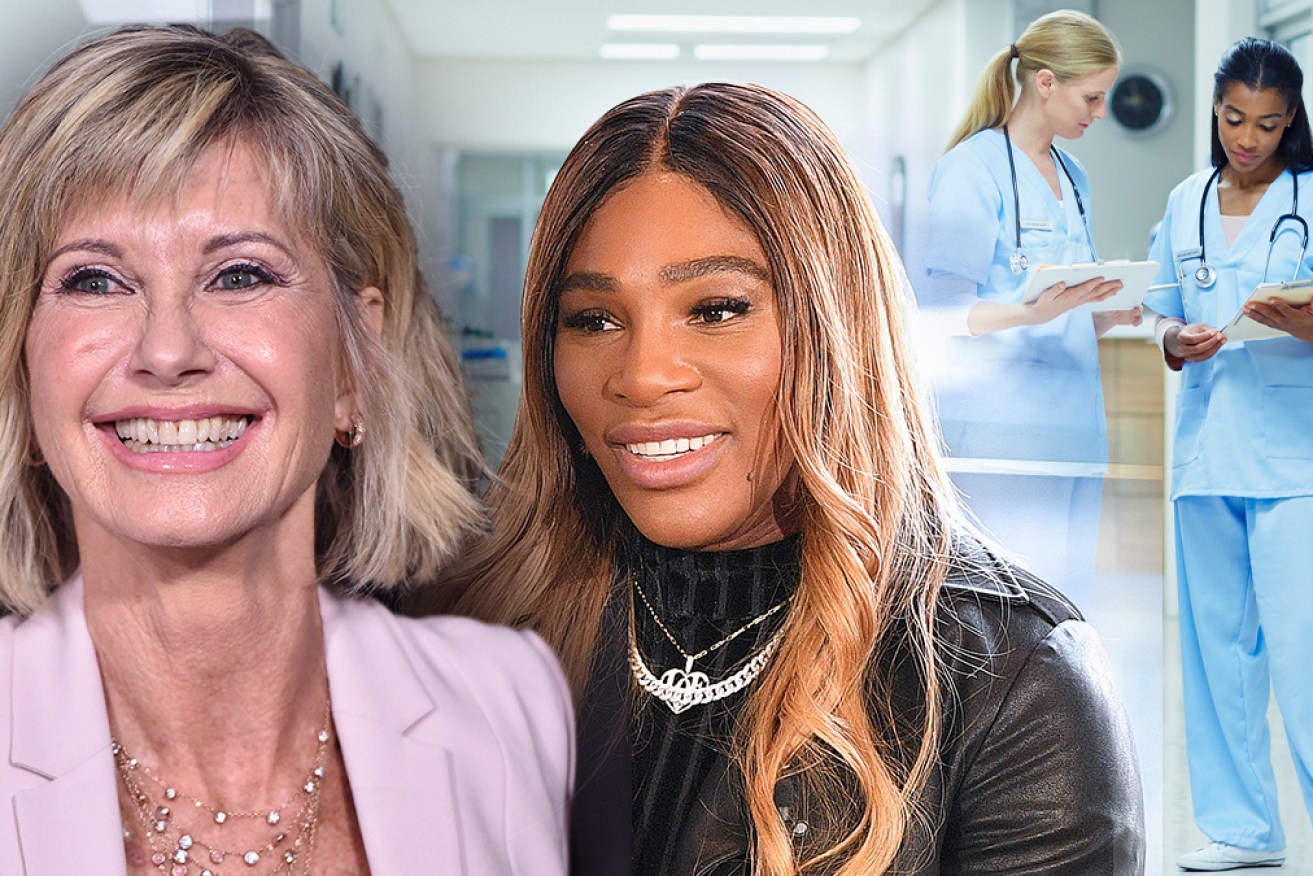
Like Olivia Newton-John, many women are made to believe they are exaggerating their symptoms. Photo: Getty / TND
Olivia Newton-John has urged women to trust their instincts when it comes to their bodies, speaking publicly of her long-running battle with cancer – a sign, she says, that medicine still doesn’t understand the female anatomy.
The 72-year-old, who has faced cancer three times, spoke at her new ONJ Foundation and said before she was diagnosed for the first time in 1992, she had to push for further testing by trusting her body, after initial results showed she was clear.
“I knew immediately something was wrong,” Newton-John said.

Olivia Newton-John battled cancer in 1992, 2013 and 2017. Photo: Getty
“I had a mammogram. The mammogram was benign and I had a needle biopsy that was also benign.
“I don’t say this to scare women, but you have to just trust your instincts.”
The actor-singer’s latest comments reflect a much larger, more pervasive problem facing the medical industry – and it’s one that many women are keenly familiar with.
You are not a hypochondriac …
Tennis champion Serena Williams, who suffered life-threatening blood clots in her lungs in 2011, was initially dismissed and even ignored her symptoms until she was rushed to hospital unable to breathe.

Williams was hospitalised in 2011. Photo: Getty
“At first people said it would be fine, it would be all right but it turned out to be a lot more serious. If it had been left two days later it could have been career-ending – or even worse,” Williams said at the time.
Gabrielle Jackson, author of Pain and Prejudice, said the effects of women’s exclusion from medical research is evident throughout healthcare systems worldwide and dates back centuries.
Almost everything we know about human health comes from the study of male humans, male animals and even male cell lives.
“Doctors see a woman saying, ‘I’ve got a headache, and I’ve got dizziness, and I’ve got pelvic pain, and I get migraines, and I get a sore jaw, and I can’t sleep and I get anxious’,” Ms Jackson told The New Daily.
“They hear that and think, ‘Oh, hysterical woman’, but actually that set of symptoms is typical of at least 10 chronic pain conditions that are prevalent in women, but doctors don’t understand that because medicine hasn’t studied it.
“A lot of doctors don’t realise that the women who come into their waiting rooms, who complain about this, that and the other, that seem totally unrelated – they don’t know that the reason they can’t tell this woman what’s wrong with her is because medicine hasn’t bothered to study her.”
The medical industry, Ms Jackson said, just isn’t informed on how many conditions may present differently in women, and don’t have the knowledge to link seemingly unrelated symptoms.
Despite women making up more than 70 per cent of diagnosed chronic pain sufferers, 80 per cent of pain studies are conducted on human men and male animals.
A 2020 study found that endometriosis sufferers waited an average of 8.6 years for a diagnosis after first presenting for medical care, and more than 75 per cent of patients reported initial misdiagnosis.
Another study in 2018 from the University of Sydney on major Australian hospitals found that women were half as likely to be treated for a major heart attack when they presented to hospital, and were twice as likely to die within six months compared to men.
Society as a whole has a problem listening to women … We can see it in our justice system, we see it in politics and we see it in medicine – women just aren’t really considered reliable witnesses to our own health.

Many chronic pain disorders are misdiagnosed in women. Photo: Getty
Women, and who else?
The exclusion of women’s bodies in medical research means that our doctors aren’t even aware of what they might be missing.
Lesser still is the existence of research focusing on gender diverse people, many of whom are likely to receive that same non-specific ‘it-must-be-hormone-related’ diagnosis for any range of health issues.
Indigenous women and women of colour also face extra barriers to efficient health care.
“There is a distrust between Indigenous people and the health system, because going back decades, often women would have their children taken from them,” Ms Jackson said.
“There are so many tragic stories of Indigenous women not getting the care they deserve, and being ignored and then getting seriously ill, even dying, because they’re not believed or … are written off as drug seekers, and not taken seriously at all.”
What now?
One of the best ways to move forward is for the medical industry to acknowledge the gender biases and gaps exist within our current understanding of human health – and then taught this to forthcoming practitioners so they don’t fall into the same cycles of neglect.

Medical research should include and examine women’s bodies. Photo: Getty
“We need to start studying female biology, female animals and female lives,” Ms Jackson said.
“Medicine has to acknowledge that it doesn’t know a lot about female biology – doctors have to be trained from the very start of medical school about this male bias.
“Support must also come from the highest level in order for modern medicine and science to recognise these gaps and biases.
“Governments really have to start taking it seriously, and give research money to look at understudied diseases that mostly occur in women, and to make sure that if they’re giving out any research money, they have to only give it on the proviso that male and female humans and animals are studied.”
And on an individual level, women can take note from Newton-John and Williams and not be afraid to trust their instincts or push for more comprehensive medical treatment.
